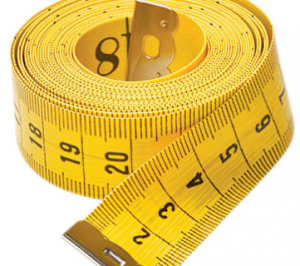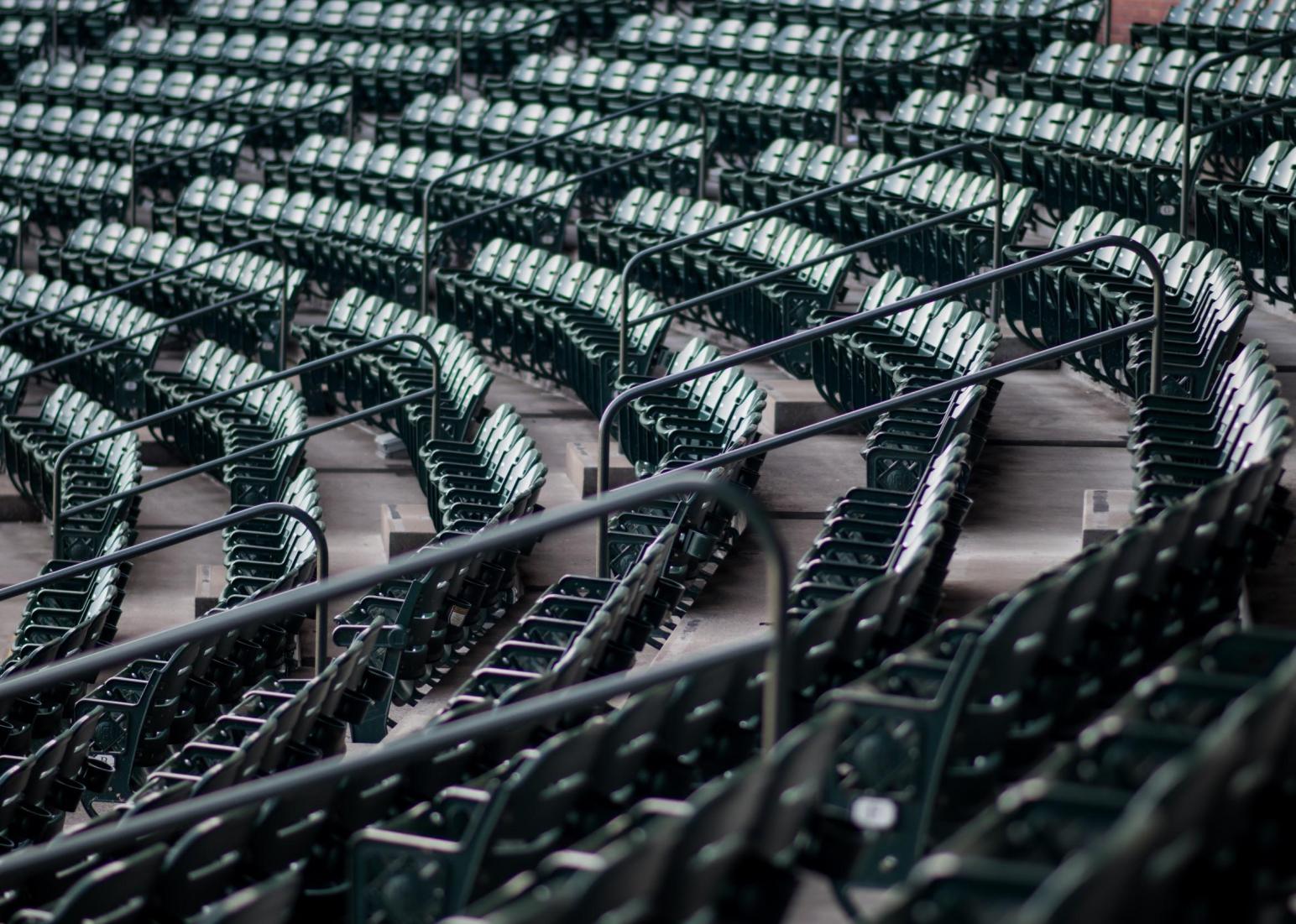Bluetooth Low Energy (BLE) beacons for indoor location detection have become quite popular lately, most notably in the retail sector. Other sectors are jumping on-board as well where indoor location detection service is of use for smartphone apps.
Smartphone apps can detect the beacon signal and estimate the proximity of the beacon and trigger actions automatically; like presenting location specific content, handling payments or tracking assets for example. This article will focus on the accuracy of proximity detection and the maintenance of the beacon infrastructure. Check our other educational beacon related blogs here.
Beacons and the market
The use of beacons in the marketplace has yet to become mainstream although most smartphones can detect them and they have become inexpensive, easy to setup and operate. Their main hindrance today is the lack of user acceptance and certain limitations of the technology.
User acceptance
It didn’t take long for end-users to expect to find maps, restaurants and how to get from A to B using their smartphones and to utilize the A-GPS technology for location detection. Most end-users don’t yet expect to have wayfinding or location specific content when indoors, but that is all changing. User acceptance is a topic for another discussion, while I will drill into the accuracy and maintainability of using beacons today.
Accuracy
Although BLE beacons are inexpensive, easy to setup and operate, the distance calculation is not accurate enough for all situations and the setup depends heavily on environmental factors such as blocking the signal and signal reflection.
The smartphone estimates the distance to the beacon by measuring the strength of the signal (RSSI) from the beacon. Using signal strength for estimating distance is the inherent disadvantage of the technology for getting precise distance measurements. The signal strength drops quickly for the first 1-2 meters away, making it relatively accurate at those distances, but the further away you go from the beacon, the less accurate the distance measurement gets. Environmental factors such as reflections and physical blocking also affect the strength of the signal, and hence the distance calculation.
For generalization purposes, beacon proximity detection is split into three distance categories; immediate, near and far. Immediate means proximity within 0.6 meter away, near being within about 1-8 meters, while far is beyond 10 meters and up to 40 meters if nothing blocks the signal. We collected RSSI signal strength data and plotted a graph with test results with measurements taken at various distances from the beacon; starting 20 cm away, moving to 50 cm, then 1 meter, 2 meters and so on. We did this using various devices as the reception does differ between devices.
For this reason, we normally don’t do distance measurements beyond these categories unless we are within 6 meters from the beacon, beyond that, the distance measurements are off by many meters. When we perform position triangulation using beacons, we get around +- 2 meters accuracy of location if the smartphone is within 6 meters range of 2-3 beacons. That means a lot of beacons, which in some environments is not possible and the measurement isn’t really that precise.
A more common application for beacons is to use proximity detection in the categories of immediate, near, and far which is not enough to calculate position, but can be enough to detect if the user is in a certain room or standing in front of an object with a beacon attached. Beacons are a good solution if using simple proximity detection by only detecting if the beacon is immediate, near or far. Triangulation using beacons is possible if you have many beacons, but accuracy is seldom better that +- 2 or 3 meters using many beacons.
Latency
In earlier versions of Android and iOS, beacon scanning was done every second, but such frequent scanning drains the battery. Since Android 5 for example, the beacon scanning results are delivered to the app only once every three seconds. One 3 second scan may not be enough to detect the beacon, so possibly two scans are needed. That means there is a considerable latency, up to 6 seconds, for the app to to activate new locations. This latency should be considered when designing the application using beacons, with the user’s experience in mind.
Beacons consume very little power and can be mounted using a battery and having no external power source. The beacons we used are from Kontakt.io and use a 3V Lithium batteries with 1000 mAh capacity. The beacon’s power consumption depends on its configuration; how frequently they broadcast a package and the signal strength of the broadcasted package. The more frequent broadcasts and the more signal strength, the more accurate they are, but the more power they consume as well.
The measurements above were done using the max power setting with a broadcast package sent every 350 milliseconds. We found these values to be optimal for best results, although this configuration also means the battery will only last for 8-12 months. When setting the signal strength to medium strength,the battery lifetime increased to about 16-18 months. Medium strength is slightly little less accurate, but accurate enough for some simple immediate, near and far proximity detections.
The battery usage will drop considerably with the latest generation of the Kontakt.io beacons because they are equipped with a light and motion sensor, so they can stop broadcasting when the lights are out, or if nobody is near the beacons. We have yet to try these beacons, but the marketing material from Kontakt.io looks promising. They have also stacked more batteries into the beacon to increase the lifetime.
Conclusion
The beacon technology is great; they are inexpensive, easy to mount, have become an industry standard, and are supported by almost all smartphones. They are a perfect fit for certain situations where proximity detection using immediate, near and far distance categories are sufficient, but they are not really good enough for precise location detection due to the nature of the technology; although rough triangulation is possible with many beacons nearby. Environmental factors, such as blocking the signal and the reflection of the signal, play a big role as well as determining where to situate the beacons and how many beacons you need. We found that it’s hard to accurately estimate how many beacons are needed for an installation until the installation takes place.
Battery usage is getting better as there is room for improvement in terms of mounting more batteries and also by not having the beacons transmitting if nobody is around or in the middle of the night. Changing the battery in many beacons every year is a considerable effort so this is a positive.
Our customers have been asking for more precision of the indoor location systems than is possible with beacons, for certain situations. For example, an art museum with an audio guide for each painting, using just beacons for activating the audio guides, often does not equate to a good user experience as the user is required to stand right in front of the painting (within 1 meter), and wait for up to 6 seconds for the audio guide to activate.
Near future
New technologies are arising for more precise indoor location detection that will coexist with BLE Beacons and provide more granularity to the indoor location service. We have begun development of a much more accurate indoor location system to better serve those customers who need more precision than beacons can offer. I’ll tell you more about that in a later blog as we expect to have the first prototypes available by the end of this year. Beacons will still have it’s place in the market as long as people understand their limitations and work within those limits.






